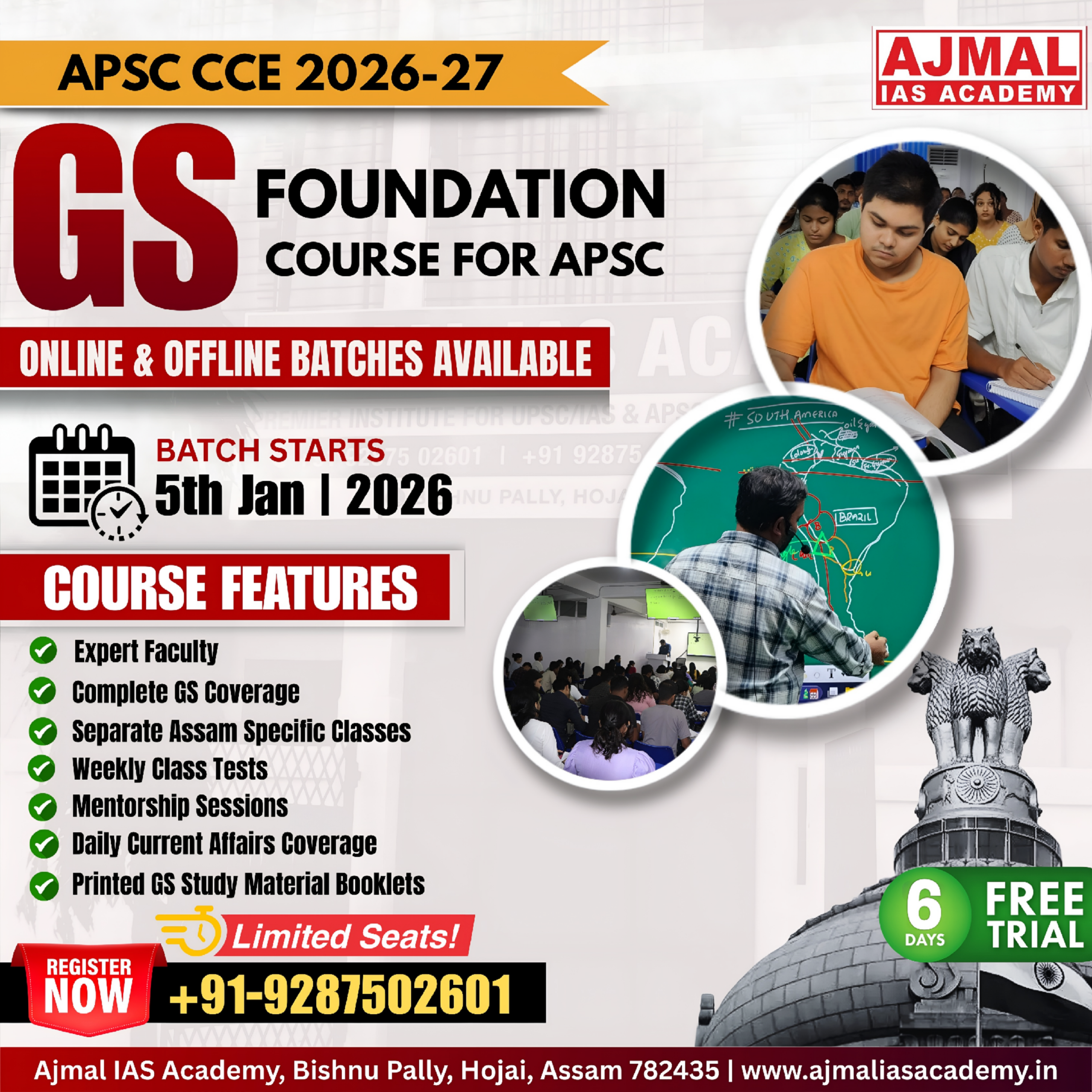Relevance for UPSC (Paper/Subject): Environment and Science — Public health policy (General Studies Paper III).
Antibiotics are becoming less effective against bacteria — a problem that affects patients, families and health systems. Studies estimate that resistant bacteria caused about 1.27 million deaths in 2019 and contributed to nearly 5 million deaths that year.
What combining antibiotics means
- Combination therapy means giving two or more antibiotics together so one helps the other or blocks the bacteria’s defence. Some medical trials show benefit; others show no help or more side effects. So the evidence is mixed.
Why policy and law matter
- Overuse and misuse of antibiotics in people, animals and farming speeds up resistance. Public awareness and better prescribing are essential.
- India’s National Action Plan on Antimicrobial Resistance (2017) asks for coordinated “one health” work across human and animal health and better disease surveillance.
- The Drugs and Cosmetics Rules (Schedule H1) require pharmacies to maintain prescriptions for certain strong antibiotics to stop over-the-counter sales. Enforcement is still a challenge.
Combining antibiotics is not a simple fix. It helps in some cases but is not a substitute for accurate diagnosis, careful prescribing, infection prevention, and research into new medicines.
Exam hook :
UPSC prelims question
Consider the following statements:
- Schedule H1 under the Drugs and Cosmetics Rules requires pharmacies to maintain a separate prescription register for listed drugs.
- Combining two antibiotics always prevents the development of resistance.
Which of the statements is/are correct?
(a) 1 only (b) 2 only (c) Both 1 and 2 (d) Neither
Correct answer: (a).
Oneline wrap: Combining antibiotics can help sometimes, but lasting solutions need stewardship, law enforcement, surveillance and new science.
Share This Story, Choose Your Platform!
Start Yours at Ajmal IAS – with Mentorship StrategyDisciplineClarityResults that Drives Success
Your dream deserves this moment — begin it here.


